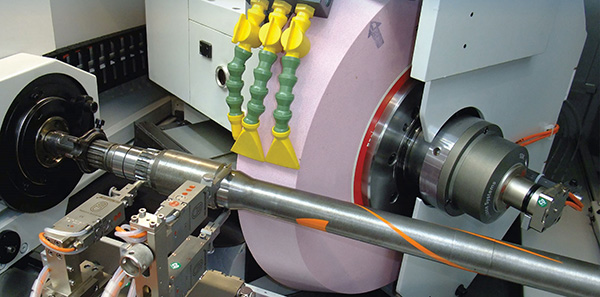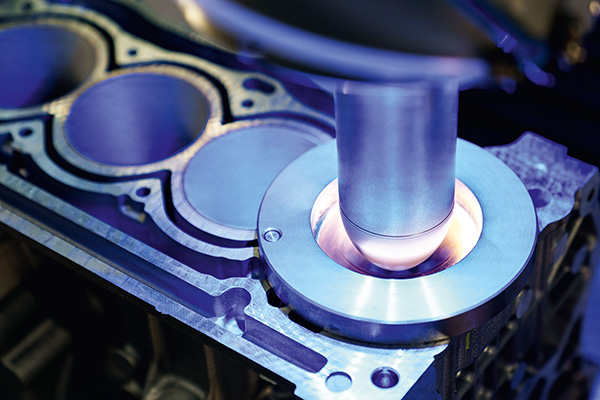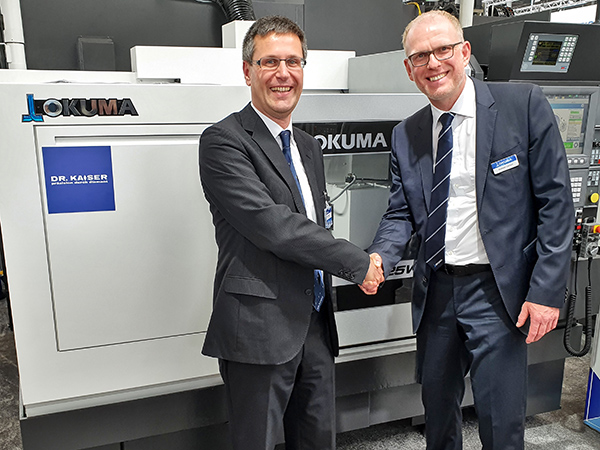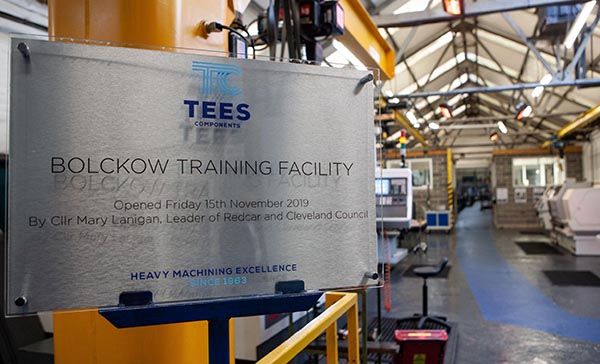Leader Chuck International provided demonstrations of Balance Systems’ range of solutions at the recent Advanced Engineering 2019 exhibition in Birmingham, UK.

In the spotlight was grinding-wheel balancing, in-line dynamic gauging, touch detection and spindle monitoring with the B-Safe machine tool monitoring system.
Mark Jones, managing director at Leader Chuck International, says: “Balance Systems’ knowledge and experience of grinding process systems helps to improve the quality of the workpiece. They offer the capability to reduce grinding-wheel wear and speed-up cycle-time, while extending machine lifetime and increasing operator safety.”
Spindle and grinding wheel balancing is an essential operation in order to achieve workpiece surface quality and ensure long life for the rotary components.
Says Jones: “We offer a range of systems based on balancing heads that can be installed externally or built into the spindle. Control units are equipped with cable and contactless solutions, and provide constant vibration monitoring. The newly designed ‘Absolute Balancer’ technology is characterised by high performance levels in terms of execution speed and balancing precision for single and two-plane applications.”
In-process measuring systems offered by Balance Systems allow manufacturers the opportunity to produce components that conform to specification even under the most severe environmental conditions, such as warm-up, thermal shifts, chemical coolant, local or induced vibrations, and so on, and to operate using high-speed cycles.
The close control of grinding wheel balancing and its dresser helps attain a near perfect profile, while also optimising the removal of the grinding wheel surface, as evidenced by longer tool life.Identification of the instant when the tool touches the workpiece is essential to minimise cycle time, reduce ‘air grinding’ and optimise axis infeed.
For further information www.leaderchuck.com






















